Will technology help us escape urban commuting hell?
- Published
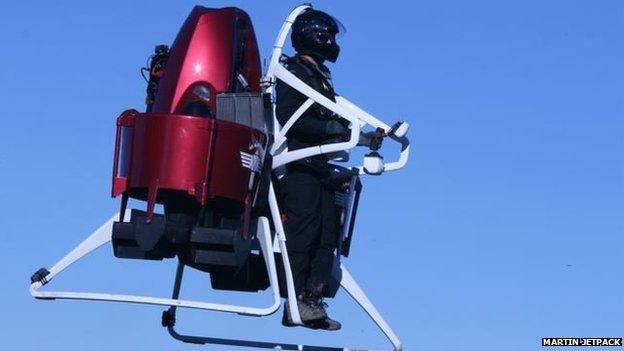
Some people may be flying to work in the not-too-distant future
Fed up of endless traffic jams and overcrowded trains? Then how about commuting to work in your own jetpack?
New Zealand firm Martin Aircraft Company is building a one-person jetpack scheduled to go on sale in 2016. And it actually seems to work.
Although currently slated for use by emergency services, it is only a small leap to imagine it in the hands of commuters.
"In five to 10 years time we wouldn't be surprised to see jetpacks flying around on a daily basis," according to chief executive Peter Coker, "in some countries even being used instead of transport."
Realistically though, personal flight is likely to remain elusive for most of us.
Meanwhile cities' populations are expanding rapidly, and congestion, pollution and travel stress look likely to rise in tandem, unless we seriously reform our creaking urban transport systems.
Jetpack maker to list on stock exchange
Greener cities
Some cities are investing in big infrastructure projects, such as London's Crossrail, while others see the future lying with greener transport alternatives, like electric buses or bike-sharing schemes.
Denmark's Copenhagen has set itself the ambitious goal of becoming the world's first CO2-neutral capital by 2025, and has rolled out an electric bike-sharing scheme, following the lead of other cities such as Paris, Madrid, Barcelona and Mexico.
Copenhagen's e-bikes have tablet computers installed between the handlebars with onboard GPS navigation. Users can book and pay for the bikes via their smartphones.
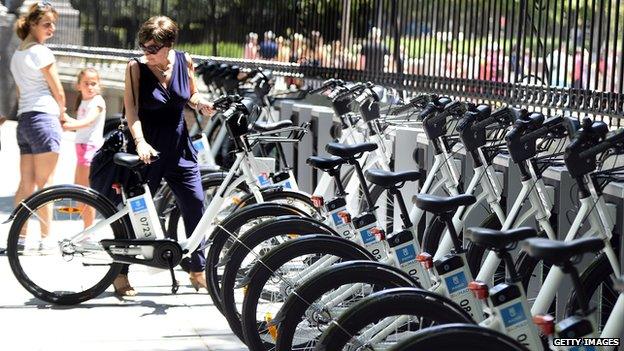
Madrid launched an electric bike-sharing scheme in 2014, following other cities like Paris and Barcelona
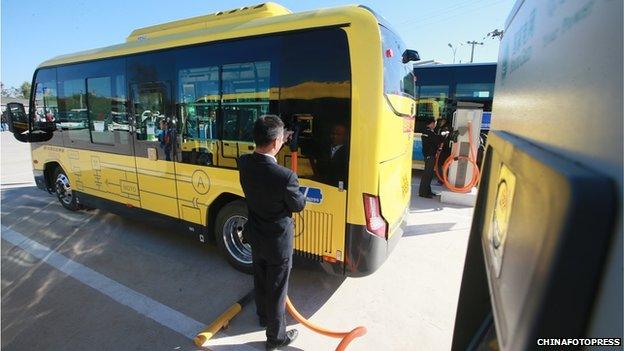
Delegates to China's APEC summit in Beijing last year were ferried around by electric bus
In other cities around the world, authorities are rolling out fleets of electric buses and trialling wireless charging, where buses drive onto special platforms to be charged when in the depot.
In the UK, the Carbon Trust believes that by 2050 up to half of the country's light duty vehicles could be powered by hydrogen fuel cells, with water as the only waste product.
Changing tack
But, for many, the really radical change lies not in the type of transport but how we use it.
"In 10 or 20 years the modes of transport may not be that different - we will still have buses, tubes and trains," says Paul Zanelli, chief technology officer of Transport Systems Catapult, one of seven technology centres set up by the UK government.
"But instead of buying a piece of cardboard at a train station and then at the end of your journey walking to wait for a taxi, everything will be integrated."
We'll simply decide where we want to go and an app will work out the fastest and cheapest way to get there, he believes.
"It will give you options based on its knowledge about you, the traffic situation and even the weather. So it might calculate that it is a nice day, there is disruption on your normal route so it will book you an e-bike or an automated taxi."
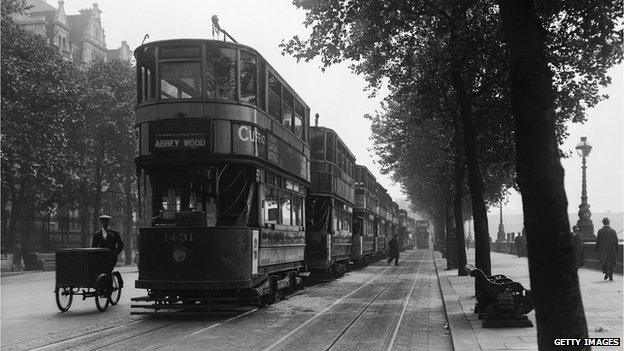
These 1929 London trams proved too inflexible for a modern, growing metropolis
Part of the solution lies in better planning, believes Colin Divall, professor of railway studies at York University.
"The really difficult thing is organising ourselves in such a way that minimises the need to move people and things in the first place," he says.
"This means better design of cities and urban areas. Slow travel is sometimes better than fast travel."
Share and share alike
Prof Carlo Ratti, head of Massachusetts Institute of Technology's Senseable City Lab, believes our attitude towards car ownership is changing.
"We are at the beginning of a huge revolution. In future we are going to see far more car and ride-sharing in our cities. We predict that, in future, four out of five cars can be removed from the road."
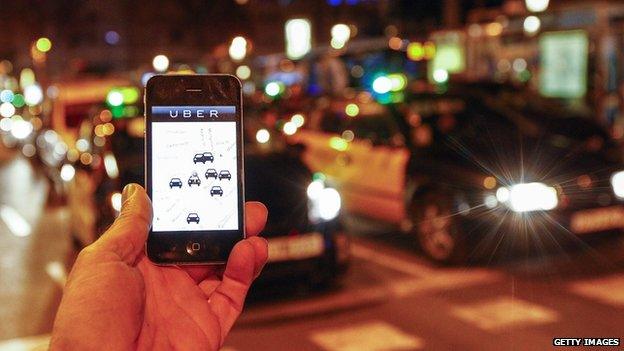
Firms such as Uber are making it easier to order and share cabs
Analysis at the Senseable City Lab found that if people shared taxis in New York City it would remove the need for 40% of the cabs currently driving around the city and still get everyone to their destinations on time.
Uber, the app-based taxi firm that is already shaking up the traditional cab industry, launched its own cab-sharing scheme, UberPool, in August 2014.


Tomorrow's Transport is a series exploring innovation in all forms of future mobility.

It admitted that cab sharing was a "bold social experiment", not least because the sharers would have to decide whether or not to talk to each other.
Many car manufacturers, conscious that ownership is on the decline, are also starting to invest in their own car-sharing schemes, as they realise that in future they may be selling mobility services rather than cars.
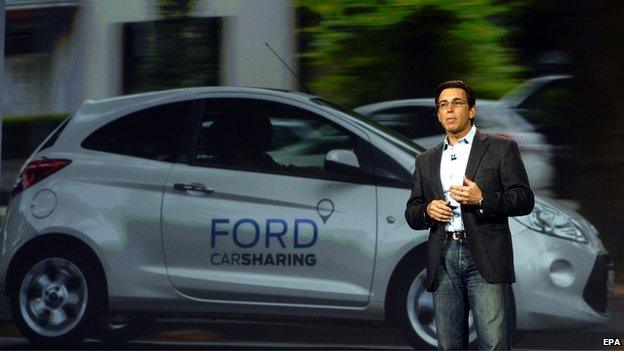
Ford boss Mark Fields believes car sharing has a future
Hands off the wheel
An even bigger change to city travel could happen if driverless cars hit the roads.
"The technology is there. Next year autonomous cars will start to be sold," says Prof Ratti.
"Self-driving cars promise to have a dramatic impact on urban life, because they will blur the distinction between private and public modes of transportation.
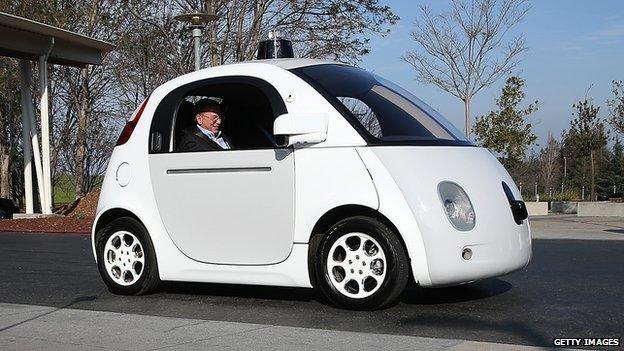
Will Google's driverless car, and others like it, transform urban transport?
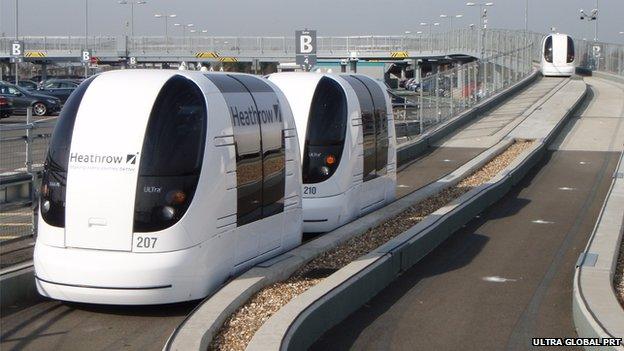
Could guided electric driverless pods, like these at Heathrow Airport, cope with the chaos of cities?
"Your car could give you a lift to work in the morning and then, rather than sitting idle in a parking lot, give a lift to someone else in your family - or, for that matter, to anyone else in your neighbourhood, social media community, or city."
It has to be said, other commentators are more sanguine about the immediate prospects for driverless cars, given the regulatory, legal and technological challenges they still face.
Sentiment mapping
A congestion-free utopia may sound a long way off as you stand on a crowded platform listening to garbled train cancellation announcements.
But at least social media and big data analytics are already helping us make smarter transport choices and run our transport systems more efficiently.
In Brazil, for example, analysis of bus and passenger data is identifying weak spots in Sao Paulo's bus system.

How big data will improve Sao Paulo's bus service

Sao Paulo citizens have been protesting against recent bus fare hikes
Brazil's biggest city, with its 11 million people and six million cars, is notorious for traffic jams, writes the BBC's Rafael Barifouse.
Now a World Bank-financed project is using big data analytics to improve the city's bus system. US company Urban Engines is analysing 30 million pieces of data generated by 15,000 GPS-equipped buses and passengers using the city's budget ticket system, Bilhete Unico.
The data is used to create a digital map showing real-time passenger numbers, journey times, and which routes are overcrowded or underused. Ciro Biderman, director of SPTrans, the city's bus agency, says the pilot has already shown that a surprisingly high number of buses run at less than 15% capacity.
"Nobody complains when a bus is too empty so our surveys didn't show that," he says.
The data analysis is also helping to identify bus companies that are failing to meet their contractual obligations. Improvements to the system are expected within months, says Mr Biderman.

Many of us already use social media to check for news of delays or cancellations from official channels and each other.
"Sentiment mapping" of all this social data is giving valuable feedback to transport operators, says Mike Saunders, chief executive of Commonplace, a firm specialising in the art.
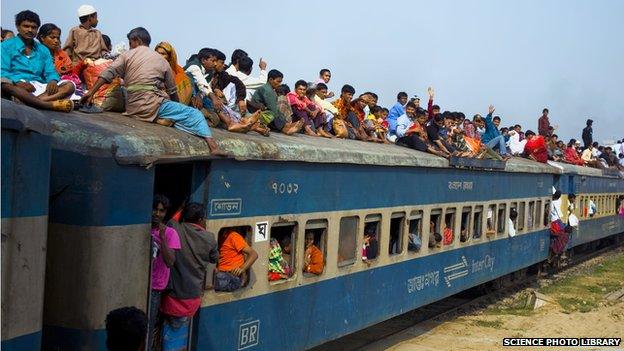
Train travel in Dhaka, Bangladesh, is congested and dangerous
"Social media has an important role to play in urban transport systems. Lots of information is generated from Twitter and that can be used to understand where there are problems or delays," he says.
"The tougher challenge is to work out how we make sure the data is accurate and foolproof."
So future urban transport promises to be cleaner, greener, integrated and smart. But for millions of frustrated commuters around the world, that future can't come soon enough.
- Published26 January 2015
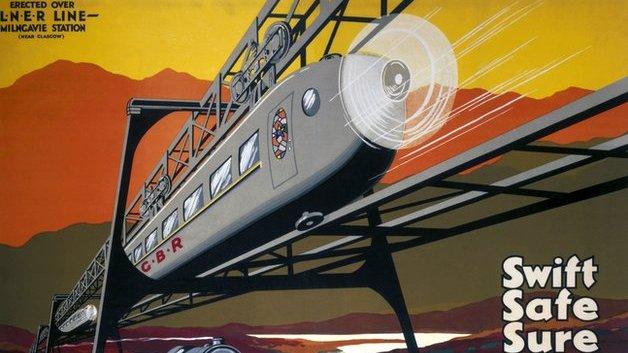
- Published31 October 2013
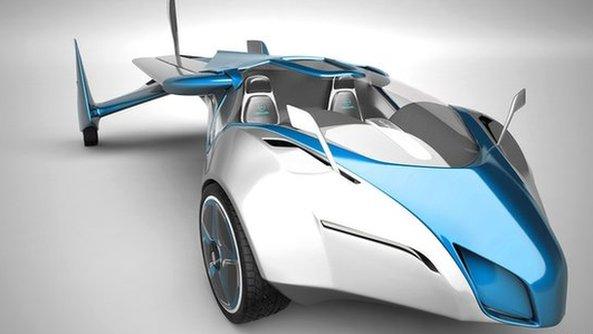
- Published2 February 2015
